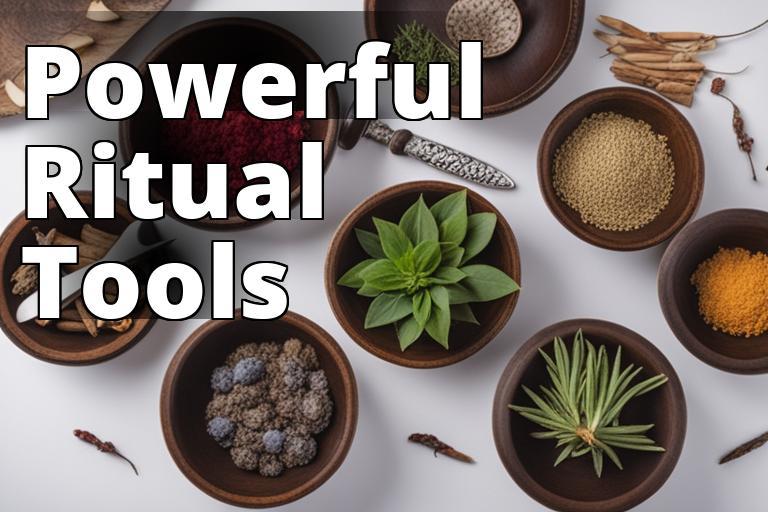In this blog series, we will delve into the mystical world of Northern Witchcraft, focusing on its rich tapestry of rituals and ceremonies. We will explore the significance of seasonal celebrations, the magic of moon phases, the symbolism of runes, and the spiritual connection with nature. We’ll also discuss the importance of sacred plants and valuable ritual items, serving as tools in Northern Witchcraft practices. This series aims to be a comprehensive guide for both beginners and seasoned practitioners looking to deepen their understanding of this ancient craft.
What you will learn by reading this article:
- The historical and cultural significance of sacred plants and items in religious practices.
- The types of sacred plants used in rituals and their spiritual properties and symbolic meanings.
- The importance of tools in rituals and ceremonies and the symbolic meaning and purpose of each tool.
Why are Sacred Plants and Items Important in Rituals?
Sacred plants and items have played a significant role in religious and spiritual practices throughout history. They are believed to possess unique properties and energies that can enhance rituals, ceremonies, and spiritual experiences. These tools serve as conduits for connecting with the divine, invoking specific intentions, and creating a sacred space for spiritual practices.
Throughout the history of religions and cultures, objects used in cults, rituals, and sacred ceremonies have almost always been of both utilitarian and symbolic nature. According to Britannica, the choice of materials and composition of these objects carries symbolic meaning, and traditional rules and rituals dictate their creation, including the painting of the eyes to bring them to life[^1]. This demonstrates the profound importance of ceremonial objects, icons, and symbols in religious and secular practices.
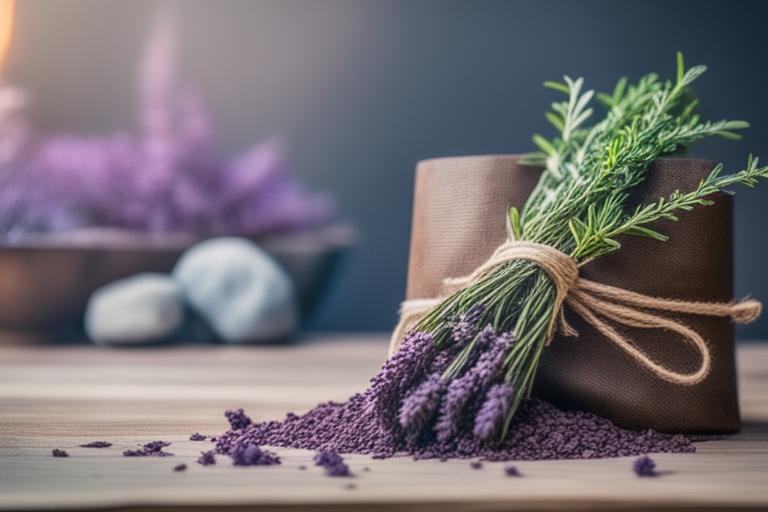
Types of Sacred Plants and Items Used in Northern Witchcraft Rituals
In Northern Witchcraft, various types of sacred plants are used in rituals, including herbs, flowers, and resins. These plants have been revered for their spiritual properties and symbolic meanings across different religious and cultural traditions. Each plant carries its own energetic vibration and is believed to possess specific qualities that can aid in spiritual practices.
For example, lavender is commonly used in rituals for its calming and soothing properties. It is associated with relaxation, purification, and promoting a peaceful atmosphere. Rosemary, on the other hand, is often used for protection and purification. Its strong scent is believed to ward off negative energies and enhance spiritual clarity.
In addition to sacred plants, there are also valuable ritual items that hold significance in Northern Witchcraft. These items can include athames (ritual knives), wands, cauldrons, chalices, and more. Each item serves a specific purpose and carries symbolic meaning in rituals and ceremonies.
| Sacred Plants | Symbolic Meanings and Properties |
|---|---|
| Lavender | Calming, soothing, relaxation, purification |
| Rosemary | Protection, purification, warding off negative energies |
| Sage | Cleansing, purification, wisdom |
| Palo Santo | Spiritual purification, grounding, uplifting |
| Yarrow | Healing, divination, protection |
| Mugwort | Psychic abilities, lucid dreaming, protection |
| Elderberry | Protection, healing, wisdom |
| Hawthorn | Love, protection, fertility |
| Cedar | Purification, grounding, protection |
| Juniper | Cleansing, purification, banishing negative energies |
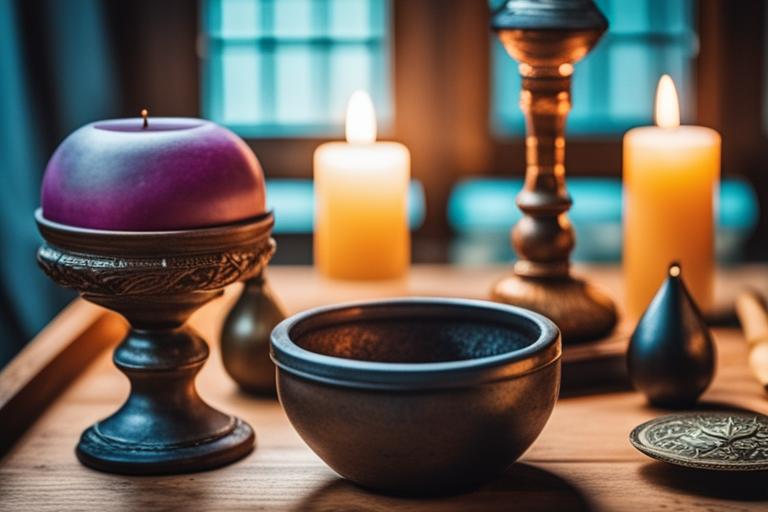
Tools for Rituals and Their Significance
Tools play a crucial role in rituals and ceremonies. They act as physical extensions of the practitioner’s intentions and help to focus energy and intention towards a desired outcome. Different tools are used for different purposes, each serving a specific role in facilitating spiritual practices.
For example, incense burners are commonly used to release fragrant smoke, which is believed to carry prayers and intentions to the divine. The smoke acts as a purifying agent, cleansing the space and creating a sacred atmosphere. Bowls are used for mixing and holding herbs, oils, or other ritual ingredients. They symbolize receptivity and the nurturing aspect of the divine feminine energy.
Ritual knives, or athames, are often used to direct energy during rituals and ceremonies. They are not used for physical cutting but rather as symbolic tools for carving out sacred space and focusing intention. The shape and design of the athame may vary, but its purpose remains the same to channel and direct energy.
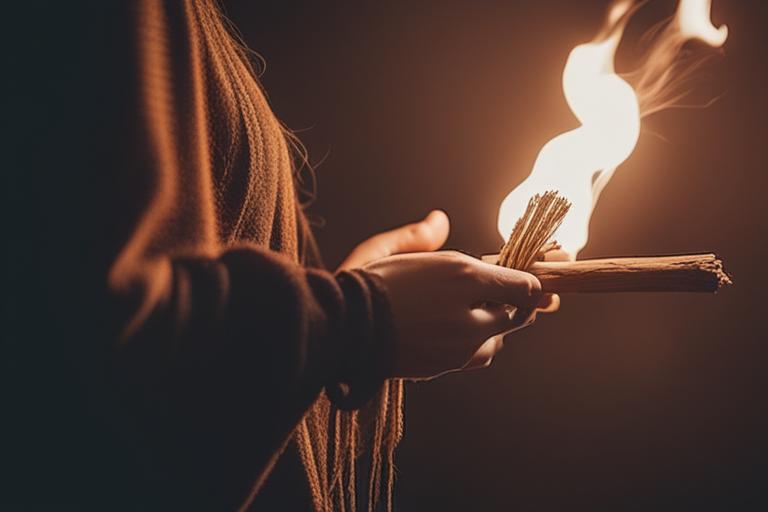
Incorporating Sacred Plants and Items in Your Rituals
Incorporating sacred plants and items into rituals and ceremonies is a deeply personal and intuitive process. It involves creating a sacred space, setting intentions, and working with the energy of the plants and tools. Here are some steps to help you incorporate these elements into your own rituals:
- Setting Intentions: Before beginning a ritual, it is essential to set clear intentions. What do you hope to achieve or experience through the ritual? Take the time to reflect on your intentions and write them down.
- Creating a Sacred Space: Find a quiet and peaceful area where you can perform your ritual. Cleanse the space by smudging with sacred herbs, such as sage or palo santo. Arrange your sacred plants and items in a way that feels visually pleasing and energetically aligned.
- Invoking the Elements: In Northern Witchcraft, the elements of Earth, Air, Fire, and Water are often invoked in rituals. You can incorporate this by placing corresponding sacred plants or items at each cardinal direction. For example, you might place a bowl of water in the West, a feather or incense in the East, a candle in the South, and a dish of salt or crystals in the North.
- Working with Sacred Plants: Choose the sacred plants that align with your intentions and the purpose of your ritual. You may burn them as incense, create herbal infusions for ritual baths, or scatter them on your altar as offerings. Be mindful of the properties and energies associated with each plant and how they resonate with your intentions.
- Utilizing Ritual Items: As you perform your ritual, use the appropriate ritual items to direct and focus energy. For example, you might use an athame to cast a circle, a wand to invoke the divine, or a chalice to hold consecrated water or wine. Allow yourself to intuitively connect with the tools and let them guide your actions.
Remember, the key to incorporating sacred plants and items into rituals is to approach them with intention, mindfulness, and respect. Take the time to attune yourself to their energies and listen to your intuition as you work with them.
Personal Story: The Transformative Power of Sage in a Purification Ritual
One summer afternoon, I found myself in need of a spiritual cleanse. I had been feeling weighed down by negative energy and wanted to create a fresh start. Remembering the power of sage in purification rituals, I decided to embark on a personal cleansing ceremony.
I gathered my ritual tools – a bundle of dried sage, a feather, and a heatproof bowl. As I held the sage bundle in my hands, I took a moment to set my intention. I wanted to release any stagnant energy and invite positivity and clarity into my life.
I lit the sage bundle and let the flame dance for a few seconds before gently blowing it out. The smoke began to rise, carrying with it my hopes and intentions. Holding the feather, I wafted the smoke around my body, starting at my head and moving down to my feet. With each pass, I visualized the negative energy being dispelled and replaced with pure, vibrant energy.
As the smoke filled the room, I felt a sense of peace and tranquility wash over me. It was as if the weight that had been burdening me had been lifted. The fragrance of the burning sage was soothing and comforting, further enhancing the atmosphere of the ritual.
After the purification ritual, I sat in silence, allowing the energy to settle and integrate. I felt a renewed sense of clarity and purpose. The negative energy that had been lingering was replaced with a lightness and optimism that I hadn’t felt in a long time.
This personal experience with sage as a sacred plant in a purification ritual taught me the transformative power of these tools. It highlighted the importance of setting intentions, being mindful, and creating a sacred space for rituals. The ritual not only cleared my energy but also brought me closer to a state of inner peace and spiritual growth. It was a reminder of the profound impact that sacred plants and items can have on our spiritual journeys.
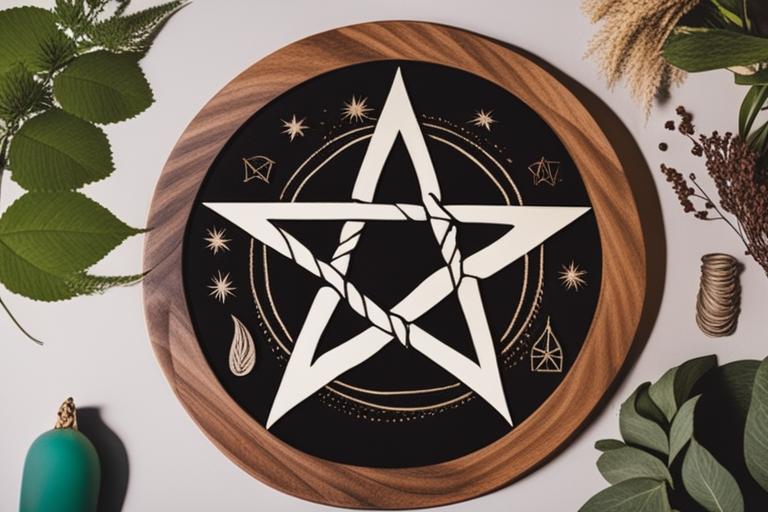
Symbolism and Rituals of Sacred Plants and Items
Each sacred plant and item carries its own symbolism and significance in rituals. Understanding these symbols can deepen your connection with the plants and tools and enhance the potency of your rituals.
For example, the rose is often associated with love, beauty, and divine feminine energy. Incorporating roses into rituals related to self-love, relationships, or attracting love can amplify the intentions behind the ritual. Similarly, crystals such as amethyst are often used for their protective and spiritual properties. Placing amethyst crystals on your altar or wearing them during rituals can enhance your connection with higher realms and promote spiritual growth.
Different rituals utilize sacred plants and items in unique ways. Purification rituals may involve smudging with sacred herbs to cleanse the energy of a space or person. Healing rituals may incorporate specific plants known for their medicinal properties or energetic healing qualities. Divination rituals may involve the use of specific tools, such as tarot cards or runes, to gain insight and guidance from the spiritual realm.
Ethical Considerations in Working with Sacred Plants and Items
When working with sacred plants and items, it is essential to consider ethical sourcing and sustainable harvesting practices. Many sacred plants are in high demand, and their over-harvesting can lead to ecological imbalance and loss of biodiversity. It is crucial to support ethical suppliers who prioritize sustainable practices and work with communities that have a deep understanding and respect for these plants.
Reciprocity and gratitude are also important aspects of working with sacred plants and items. As you use these tools in your rituals, remember to express gratitude for the gifts they offer. Consider offering prayers, blessings, or energetic exchanges in return. This reciprocal relationship fosters a deeper connection with the natural world and honors the wisdom and energy of the sacred plants and items.

Benefits and Spiritual Growth Through Sacred Plants and Items
Working with sacred plants and items in rituals can offer a multitude of benefits for spiritual growth and personal transformation. These tools provide a tangible and experiential way to connect with the divine and explore the depths of your own spirituality.
The transformative power of sacred plants and items is often experienced through heightened intuition, expanded consciousness, and a deepening of spiritual connection. Through regular practice and intentional use, these tools can help you cultivate a sacred and harmonious relationship with yourself, the natural world, and the spiritual realm.
Personal anecdotes and case studies further illustrate the transformative power of sacred plants and items. Individuals have reported profound healing, increased clarity, and a sense of empowerment through their ritual practices. These stories serve as inspiration and encouragement for those seeking to embark on their own spiritual journey with sacred plants and items.
Conclusion
In conclusion, sacred plants and items are invaluable tools for practitioners of Northern Witchcraft. They hold the power to enhance rituals, deepen spiritual connection, and facilitate personal growth and transformation. By understanding the historical and cultural significance of these tools, exploring their symbolism and rituals, and approaching them with mindfulness and respect, you can unleash their full potential in your own rituals and ceremonies.
Remember, the journey with sacred plants and items is a personal one. Trust your intuition and allow yourself to explore and experiment with different plants and tools. Embrace the magic and wisdom they offer, and let them guide you on a path of spiritual connection and growth in your Northern Witchcraft practices.
So, embrace the power of sacred plants and items, and embark on a journey of profound spiritual experiences and transformation.
[^1]: Ceremonial object | Definition, Types, Rituals, Examples, & Facts …
FAQ
Who can benefit from using sacred plants and items in Northern Witchcraft rituals?
A: Practitioners of Northern Witchcraft can benefit from incorporating sacred plants and items in their rituals.
What are some commonly used sacred plants in Northern Witchcraft rituals?
A: Commonly used sacred plants in Northern Witchcraft rituals include mugwort, yarrow, and juniper.
How can sacred items enhance the effectiveness of Northern Witchcraft rituals?
A: Sacred items such as crystals, runes, and talismans can amplify the energy and intention of Northern Witchcraft rituals.
What is the best way to incorporate sacred plants and items into Northern Witchcraft rituals?
A: Ritual practitioners can use sacred plants as offerings or burn them as incense, while sacred items can be placed on altars or used as tools during rituals.
How can using sacred plants and items deepen the spiritual connection in Northern Witchcraft rituals?
A: Sacred plants and items can help practitioners connect with the natural world, ancestors, and deities, enhancing the spiritual experience of Northern Witchcraft rituals.
Objection: Isn’t it enough to just focus on intention in Northern Witchcraft rituals?
A: While intention is important, incorporating sacred plants and items can enhance the energy and effectiveness of Northern Witchcraft rituals.
William is an experienced practitioner of Northern Witchcraft with a deep understanding of the power and significance of sacred plants and items in rituals. With over 15 years of personal practice, William has explored various traditions and has honed their knowledge and expertise in this specific branch of witchcraft.
As a certified herbalist, William has studied the healing properties and spiritual significance of a wide range of sacred plants used in Northern Witchcraft rituals. They have also conducted extensive research on the cultural and historical backgrounds of these plants, allowing them to provide a comprehensive understanding of their symbolism and ritualistic uses.
In addition to their practical experience and academic knowledge, William has also participated in numerous workshops and retreats led by renowned experts in the field of witchcraft and plant-based spirituality. This has further deepened William’s understanding of the transformative power of sacred plants and items, as well as the ethical considerations that come with working with them.
Through their writing, William aims to share their wealth of knowledge and personal experiences to help readers unlock the full potential of sacred plants and items in their own Northern Witchcraft rituals, fostering spiritual growth and connection.
